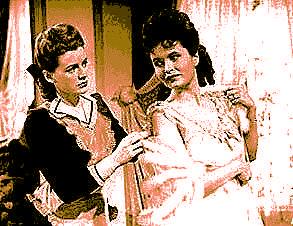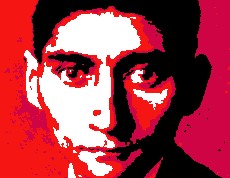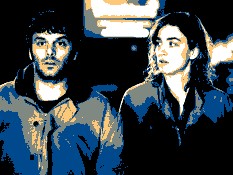Film Review

Asquith had a genius for extracting the maximum value from a limited budget and Fanny by Gaslight has the look of a pretty lavish Hollywood production, with authentic-looking sets and costumes that richly evoke late Victorian England. Solid performances from the three leads (Calvert, Stewart and Mason) just about compensate for the dry screenplay, although the story drags towards its middle and fails to deliver the impact of its source novel.
The film is noted for its sexual candour, unusual in a British film of this period, and would have been well-received by a contemporary female audience. Having had to hold the fort at home during the war, women were becoming empowered and, perhaps for the first time, saw that true sexual equality was within their grasp. Fanny by Gaslight, with its strong central female character, may have fuelled this female liberationist sentiment and helped to light the touchfire that led to the ensuing sexual revolution.
© James Travers 2009
The above content is owned by frenchfilms.org and must not be copied.
Film Synopsis
In the 1880s, Fanny Hopwood returns to her home in London after spending ten years at a boarding school. Her reunion with her parents and sister is shortlived, however. Through an altercation with Lord Manderstoke, Fanny's father is knocked down and killed by a horse-drawn carriage. It becomes public knowledge that the Hopwoods' income derived from a brothel which they ran on their premises, and the disgrace that ensues drives Fanny's mother into an early grave. Fanny is sent to work as a servant at the house of Clive Seymore, a prominent cabinet minister who reveals that he is Fanny's natural father. When Manderstoke threatens to provoke a scandal by revealing his connection with a brothel owner, Seymore commits suicide, having arranged for his friend and advisor Harry Somerford to take care of Fanny. Harry discovers that he is in love with Fanny and asks her to marry him. Once more, Manderstoke appears to threaten Fanny's happiness by provoking her lover into accepting a duel...© James Travers
The above content is owned by frenchfilms.org and must not be copied.
Similar Films
Here are some other films you may enjoy watching:- Le Notti bianche (1957)
- Le Messager (1937)
- Liliom (1930)
- Les Amants de Vérone (1949)
- Oyû-sama (1951)
Other related links:
Film Credits
- Director: Anthony Asquith
- Script: Michael Sadleir (novel), Doreen Montgomery, Aimée Stuart (dialogue)
- Cinematographer: Arthur Crabtree
- Music: Cedric Mallabey
- Cast: Ann Stephens (Fanny as a child), Gloria Sydney (Lucy as a child), Phyllis Calvert (Fanny), James Mason (Lord Manderstoke), Wilfrid Lawson (Chunks), Stewart Granger (Harry Somerford), Jean Kent (Lucy), Margaretta Scott (Alicia), Nora Swinburne (Mrs. Hopwood), Cathleen Nesbitt (Kate Somerford), Helen Haye (Mrs. Somerford), John Laurie (William Hopwood), Stuart Lindsell (Clive Seymour), Amy Veness (Mrs. Heaviside), Ann Wilton (Carver), Guy Le Feuvre (Doctor Lowenthal), Esma Cannon (Maid), Helen Goss (Polly), Peter Jones (Young Client At 'The Shades'), Vi Kaley (Mrs. Joe)
- Country: UK
- Language: English
- Support: Black and White
- Runtime: 107 min
- Aka: Man of Evil
Kafka's tortuous trial of love

The best of Russian cinema

